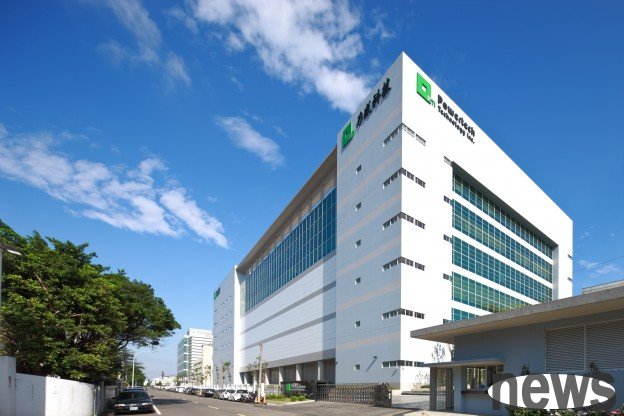Cai Dukong, chairman of semiconductor packaging and testing factory Licheng, said today that Licheng will actively expand fan-out panel packaging (FOPLP) production capacity in 2026, with an investment scale of US$1 billion. In order to cooperate wi...

Cai Dukong, chairman of semiconductor packaging and testing factory Licheng, said today that Licheng will actively expand fan-out panel packaging (FOPLP) production capacity in 2026, with an investment scale of US$1 billion. In order to cooperate with the increase in FOPLP production, new projects for high-bandwidth memory (HBM) and CIS imaging component chip size packaging (CIS CSP) will be suspended next year.
Licheng held a corporate briefing in the afternoon, looking forward to the scale of capital expenditures in 2026. Licheng CEO Xie Yongda said that next year, Licheng Investment will expand FOPLP production capacity, and its Japanese subsidiaries Tera Probe and TeraPower will continue to expand capital expenditures. In addition, Licheng and Changfeng will continue to invest in memory and advanced logic packaging and testing capacity. Next year, the scale of capital expenditures will reach NT$40 billion, "maybe even higher." Licheng Group's finances are sufficient to support it.
Asked by the legal representative whether Powercon has raised prices in response to rising costs, Xie Yongda pointed out that the price adjustment is "ongoing", mainly because memory demand is strong, the market enjoys better prices and profits, and back-end professional packaging and testing OEM (OSAT) costs continue to rise, including the increase in raw materials and labor costs such as international gold prices. Customers can understand and use technology upgrades to cope with gross profit margin challenges.
Talking about the FOPLP production expansion plan, Cai Dugong pointed out that Licheng laid out 510×515mm FOPLP products as early as 2016 and entered mass production in 2019. From the perspective of applications, Cai Dukong said that Licheng's FOPLP production capacity has been booked and used in graphics processors (GPUs), high-efficiency computing units (HPUs) and some central processing units (CPUs) required for artificial intelligence (AI) chip platforms.
Cai Dugong pointed out that although Licheng has suspended the development of new projects for HBM memory and CMOS image sensing element (CIS) packaging in 2026, cooperation and support with existing customers will continue as usual, and development of new customers and new projects will be restarted in 2027. Cai Dukong said that Licheng will devote itself fully to FOPLP product certification, small-volume production and capacity expansion in 2026, and looks forward to fruitful results after 2027.
The legal person asked about the impact of the shortage of IC carrier boards. Xie Yongda predicted that the supply of IC carrier boards will continue to exceed demand next year, but it will have no impact on Licheng. Talking about the current capacity utilization performance, Licheng explained that the packaging utilization rate in the third quarter was about 85% to 90%, the test utilization rate was about 70%, and the overall utilization rate in the fourth quarter continued to be stable.
Looking forward to this year's operations, Hsieh Yong-tat pointed out that although the performance of the Xi'an plant in China that was sold to Micron has been excluded, the performance of Lizheng Group this year will be better than that of NT$73.315 billion in 2024. In 2026, it can still benefit from the strength of AI applications to attract goods, and the goal is to continue to grow.